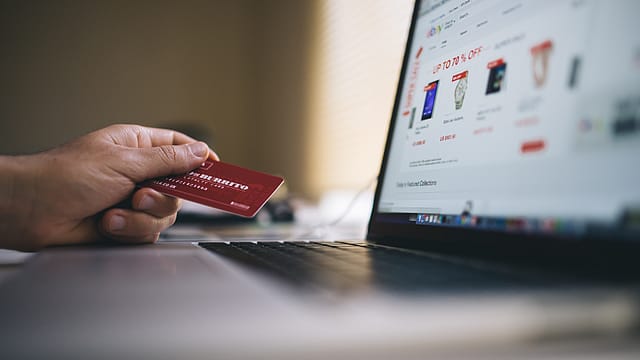Omnichannel retail: Providing seamless shopping experience
ADVERTISEMENT

An array of acquisitions by retailers in recent months emphasises the growing importance of following customers at all touchpoints. While the global brick-and-mortar giant Walmart’s acquisition of Indian online retailer Flipkart was the deal of all times, several such cross-channel acquisitions highlight that we are really in the era of ‘omnichannel’ where retailers want to be wherever shopper during her path to purchase.
The recent acquisition of little known omnichannel fashion marketplace, Pretr, by Myntra also seems to be a step in that direction. Myntra had already gone omnichannel by opening physical stores for its private label brand, Roadster, in Bengaluru, and has aspirations to open a large number of these stores. Pretr had linked up with 30-40 brands for store inventory.
This acquisition is likely to help Myntra link its stores to its online platform. The company, on record, stated that its online sales have gone up because of offline presence.
Not only Myntra, several online retailers, including Pepperfry.com, Nykaa.com, Zivame.com and Babyoye.com, have gone omnichannel by opening bricks-and-mortar stores and have received favourable results. Their bricks-and-mortar stores helped sceptical consumers to develop trust in the channel, as they could touch and feel products before placing an order.
January 2026
Netflix, which has been in India for a decade, has successfully struck a balance between high-class premium content and pricing that attracts a range of customers. Find out how the U.S. streaming giant evolved in India, plus an exclusive interview with CEO Ted Sarandos. Also read about the Best Investments for 2026, and how rising growth and easing inflation will come in handy for finance minister Nirmala Sitharaman as she prepares Budget 2026.
Further, brick-and-mortar stores are likely to be useful for companies in terms of inventory and stock management for their online arm, combined with pick-up locations or exchange and return points for consumers. Pure play brick-and-mortar retailers are also equally aware of the increasing importance and higher growth rate of the online channel.
Though India is still predominantly a brick-and-mortar shopping country, with online contributing to less than 1% of the total retail business, the pace of growth and changing shopper preferences have led physical retailers to venture into the online and omnichannel space seriously.
As observed by Euromonitor, while store-based retailing grew at a compounded annual growth rate (CAGR) of 11% in period 2012-17, internet retailing grew at a CAGR of nearly 66% in the same period.
While DMart is piloting with its own online platform supported by its network of pick-up points in Mumbai, Future Retail acquired a substantial stake in online retailer Koovs.com. Shoppers Stop, which has its own online portal, has also tied up with Amazon to sell its products. Shoppers Stop is also experimenting with the click-and-collect model in some locations whereby customers could order online and collect from a nearby store.
The trend is quite prevalent across the globe where retailers look for synergy in physical and online stores. Large brick-and-mortar chains like Macy’s and JCPenney offer several options to its shoppers, including online shopping, in-store kiosks, and click-and-collect. UK’s largest food retailer Tesco delivers its online orders from its network of physical stores.
The global poster boy of online retail, Amazon is experimenting with its own physical store Amazon Go and has also recently acquired upmarket brick-and-mortar food chain Whole Foods. Amazon is likely to use its logistics expertise in delivering orders from Whole Foods stores.
Walmart, which has a large network of physical stores across the US, has a significant proportion of business coming from its online channel. Recently, it acquired online retailer Jet.com to expand its penetration in urban markets in the country. Walmart has been aggressively acquiring several online speciality retailers in the recent past, including Shoebuy, Moosejaw and Modcloth to expand its customer base and give its shoppers a seamless shopping experience.
A seamless shopping experience is really the leading growth driver in retailing across the globe. Omnichannel retailing therefore is becoming a common practice among most retailers to address consumers’ need to have the convenience to choose the channel, irrespective of the retailer.
Consumers do not differentiate retailers on the basis of channel any more, as offline brands and retailers are present online, and vice versa. Increasingly, a product bought online can be picked up or returned or exchanged at a store.
Shopping is no more about a retailer or a channel but has reached a level where consumers prefer retailers which allowed them to interact with them directly, both online and offline. Consumers now seek an end-to-end, completely seamless experience in the omnichannel market.
The author is an associate professor (marketing) at S.P. Jain Institute of Management and Research. Views are personal.
